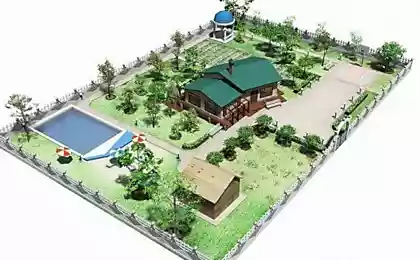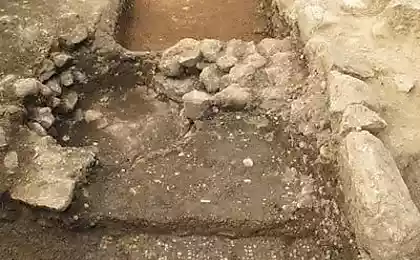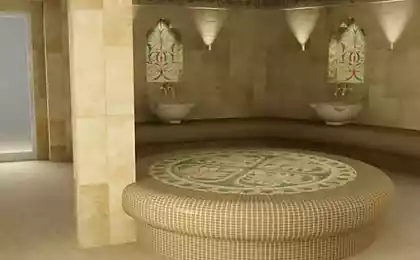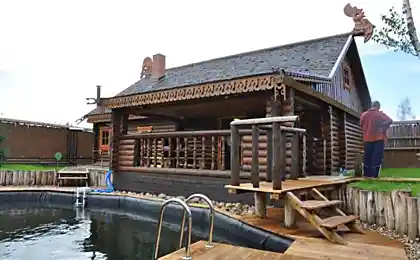1195
The Roman Baths
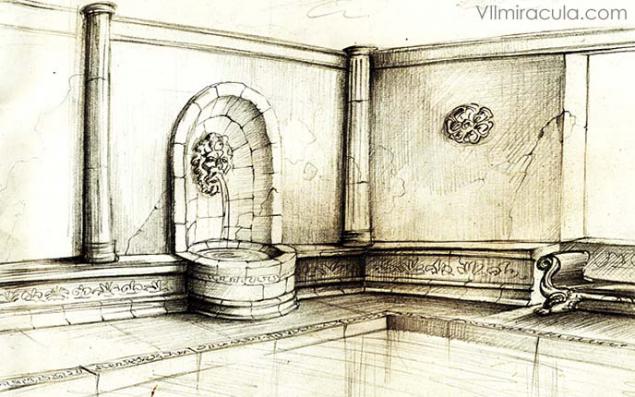
In the famous Roman pools merged all architectural finds of Roman architects. Here there are columns, the Romans borrowed from the ancient Greeks, and the circular arch - a legacy of the Etruscans, pilasters and arches - a godsend Romans.
It is in the terms pronounced practicality architects of ancient Rome. Baths - this is not the temples, it is quite utilitarian in purpose facilities. Ablutions and bath procedures Romans attached great importance, and the famous physician Asclepius even nicknamed washer for its special commitment to the purity of body and propaganda bath procedures. Remains of the ancient term, built by the Romans can be found in Tunisia and England.
One of the most famous and well preserved to the present day are the Baths of Caracalla. Built during the reign of Antonia, who for the Gallic passion for clothes was nicknamed Caracalla. Baths consisted of a huge complex, consisting of many rooms, each of which had its own purpose. There were just a steam room, and a library, and "massage rooms," and interview rooms, and even a stadium.
The walls of the complex were performed as now would say, a way of casting a monolithic formwork. As formwork acted wild stone and brick, the gap was filled with concrete. And all this powerful load-bearing structure is decorated with colored marble.
Decoration in ancient Rome gave special importance. Always a luxury, she had to remind every citizen and every foreigner on the power and greatness of the Empire. Some uplift, others thrill. Sculpture, mosaics, fountains, multiple sockets and ornaments were a mandatory attribute of the building. Their extenuating strict geometric forms sought by builders. And at the same time gave the splendor of the total composition.
Interesting solution with natural light interior terms. Light enters through the semi-circular windows, framed bronze frames. In the openings were inserted thin plates of natural stone is almost transparent yellowish hue. According to other sources, these plates were made of ivory.
Of course, there is also a huge outdoor swimming pool - frigidarium (lat. Frigidarium - cold room). However, an open bowl was directly by the pool. Along the perimeter of the bowl made a portico supported by columns.
Here the need for columns, but Roman architects used them much less frequently than the builders of Hellas. The fact that the column could not perform their intended function of the carrier in the monumental buildings of the Romans. They were replaced by thick walls, complemented by pilasters and half-columns.



